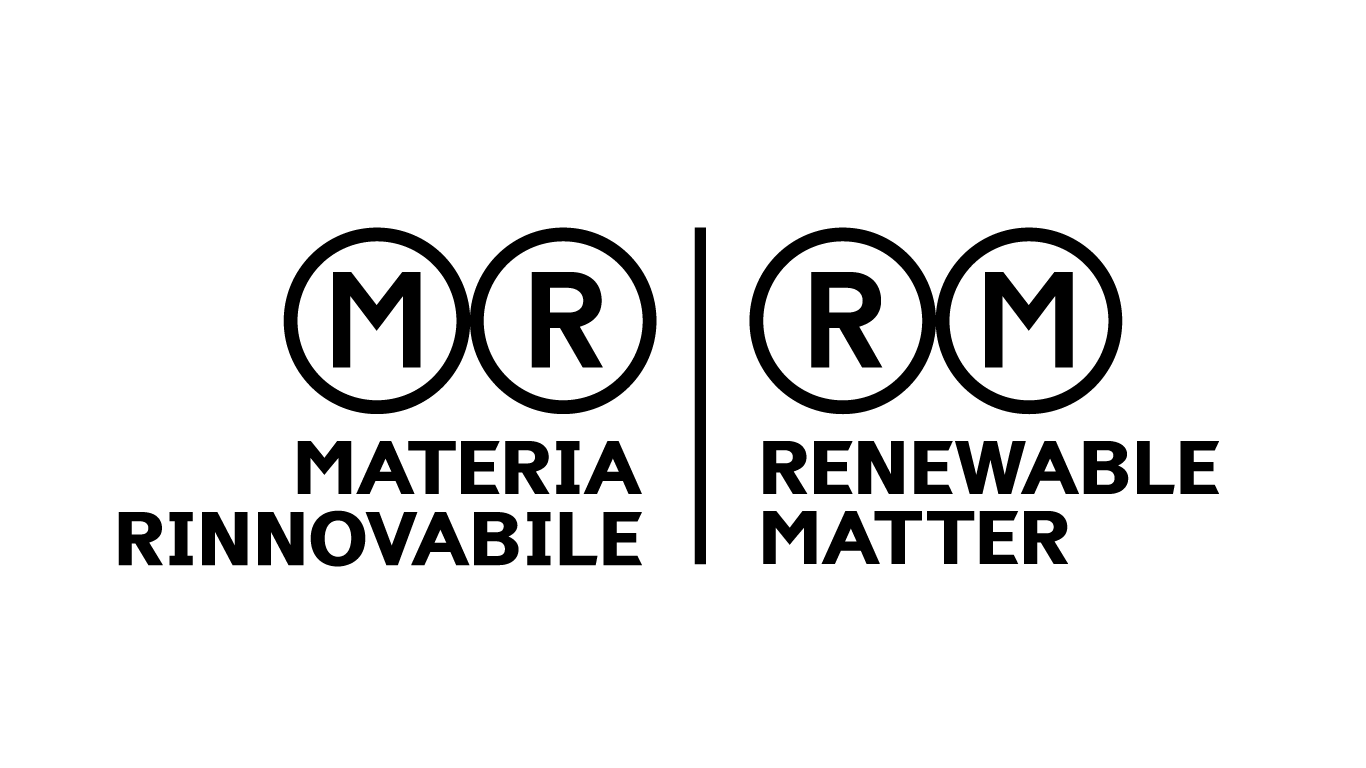Conou, the First Roadshow Devoted to Businesses Has Kicked Off
CircOILeconomy aims to raise awareness on the proper management of used lubricating oil in the industrial world. The new project devised by Conou, the Italian consortium that deals with management, ...



















